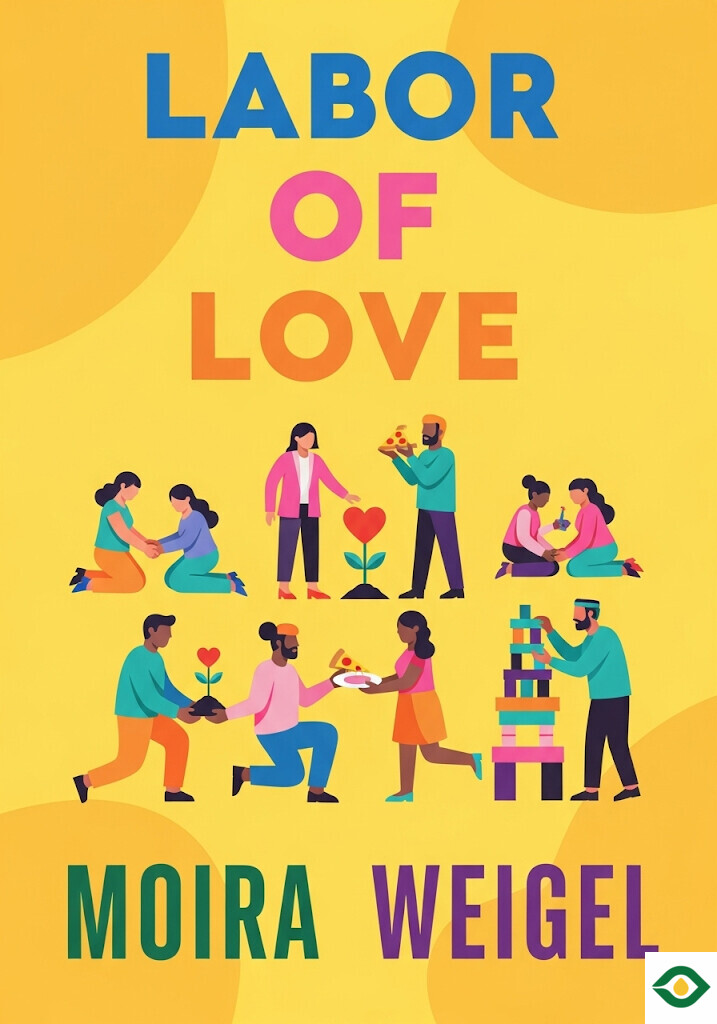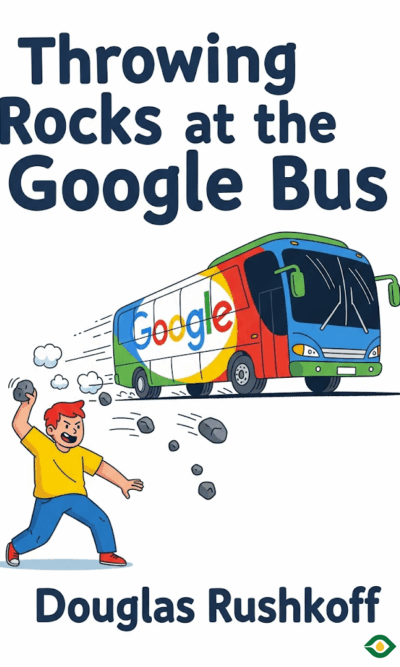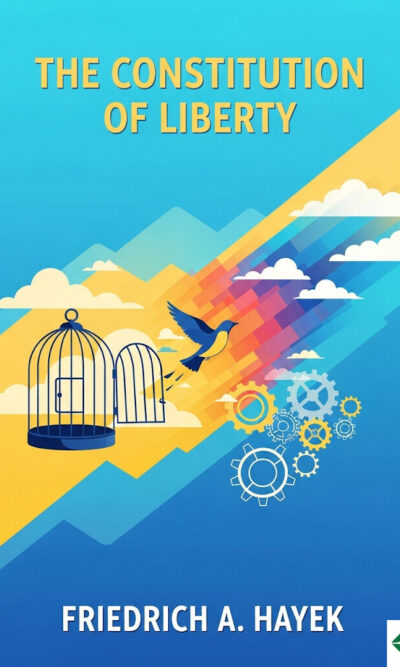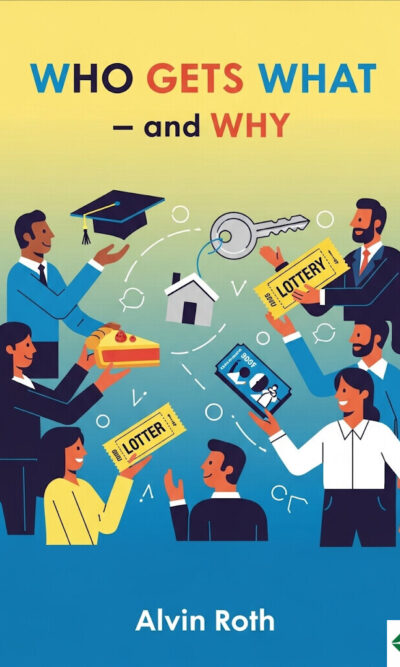Description
Dating has never been static. The way people search for love, choose partners, and build relationships has always reflected the social and cultural forces of its time. What feels modern today—swiping through apps, reading profiles, and judging compatibility by a list of likes and interests—rests on centuries of change. Love and dating are not only matters of the heart but also products of history, economics, and shifting values.
In the late nineteenth century, the Industrial Revolution dramatically reshaped courtship. Before industrialization, families often arranged matches, and romance followed rigid traditions. But as factories and cities grew, more young women left their homes in search of work. They filled jobs in factories, shops, and households, and with this shift came new opportunities for independence. Suddenly, men and women mingled in public spaces more freely than ever. Parks, streets, and corner cafés became stages for young couples to walk together, hold hands, or sneak a kiss. Privacy was scarce for working-class people who lived in crowded apartments, so public affection became a normal part of courtship.
At the same time, the emerging middle class, enriched by new industries, followed a different pattern. Young men “called” on women in their homes, supervised by family members and servants. These rituals showed class differences: working couples carved out stolen moments outdoors, while wealthier ones enjoyed structured visits indoors. This contrast revealed how money and space shaped how people dated.
By the early 1900s, economic growth added another twist. A new class of young women, known as shopgirls, took jobs in glamorous department stores. Selling perfumes, fine clothes, and jewelry, they spent their days surrounded by wealth. Many hoped their jobs would connect them with wealthy husbands, but they also used the opportunity to model themselves after the rich customers they served. Imitating the speech and style of the wealthy blurred the line between social classes. It also highlighted a new idea: romance became linked to consumption and taste.
This connection still lingers today. Think of how dating apps ask about your favorite music, food, or books. These consumer choices—more than deep personality traits—often form the basis for first impressions. The legacy of shopgirls and the consumer economy lives on in the way modern daters often judge one another through lifestyle preferences.
Yet not everyone shared equal access to dating. In the early 1900s, gay people faced heavy stigma and even imprisonment if their identities became known. To survive and find one another, they developed secret codes. A tilt of the head, a subtle phrase, or even the use of clothing could signal sexual preference. The word “gay,” which originally meant cheerful or bright, quietly shifted into a coded sign of identity long before it became mainstream.
Black women working as domestic servants also faced barriers. Their work isolated them from social life, and they earned too little to join the nightlife of clubs and theaters. Instead, they helped create “rent parties” in Harlem, where live music and dancing filled private homes. These gatherings not only raised money for rent but also opened doors for love and companionship. These creative adaptations show how marginalized communities found ways to pursue romance despite structural barriers.
By the 1950s, attitudes toward dating among young people unsettled older generations. A trend known as “going steady” swept through teenagers, who exchanged rings or tokens to show exclusivity. But unlike earlier eras, this practice wasn’t mainly about preparing for marriage. It was about experimenting, trying out relationships, and enjoying the emotional thrill of romance. Children as young as eleven “went steady,” sometimes changing partners quickly. Parents worried that this new culture of dating encouraged intimacy without responsibility, fearing it would lead to widespread sexual behavior outside marriage.
Their fears were partly justified. Surveys from the time showed that while a minority of young people limited themselves to kissing before marriage, most admitted to exploring more physical intimacy. Still, the act of going steady was less about permanent commitment and more about navigating adolescence in a changing cultural landscape.
The 1960s brought an even more dramatic shift. The sexual revolution challenged the traditional rules governing intimacy. Young people argued that sex was a natural part of life, not something restricted to marriage. Movements for civil rights, women’s liberation, and gay rights all converged to demand personal freedom, including sexual freedom. Marriage and monogamy were questioned, while “free love” became a celebrated idea.
Media reflected and fueled these changes. Playboy magazine, launched in the 1950s, exploded in popularity during this era, offering a vision of liberated male sexuality. Cosmopolitan rebranded itself to speak directly to women, teaching them how to present themselves in ways that appealed to men. Whether by encouraging exploration or by reinforcing consumerist ideals, both magazines thrived on the era’s hunger for change. By the early 1970s, millions of copies sold each month, and sexual openness had become part of mainstream culture.
Then, in the 1980s, a devastating crisis reshaped the landscape again. The AIDS epidemic struck fear into communities worldwide, hitting gay men particularly hard. Suddenly, casual sex carried life-or-death consequences. At first, doctors misunderstood the disease, but as it spread, public health efforts forced society to confront sexuality with unprecedented seriousness.
Out of necessity, discussions about safe sex became common. Activists and doctors worked together to create guidelines for protection, stressing the use of condoms and open conversations about sexual history. Honesty became crucial, and silence was no longer safe. What began in the gay community spread to society at large. Even the US Surgeon General, despite pushback from conservatives, urged open national discussions about sexual health. For the first time, millions of households received brochures addressing these issues directly.
From industrial parks to dating apps, from whispered codes to bold public campaigns, the story of dating shows how love adapts to the times. Economics, technology, and culture constantly shape how people meet and connect. Each generation inherits new freedoms and new restrictions, creating fresh patterns of romance.
The key lesson is that love is not only about personal feelings—it is about context. Where people live, how much money they have, what technology they use, and what society accepts all determine how relationships form. The courage of those who challenged norms, the creativity of those who found ways around barriers, and the persistence of people who kept searching for connection have made dating what it is today.
Love is universal, but the way we pursue it never stands still. Tomorrow’s dating culture will look just as unfamiliar to us as ours does to our grandparents.





